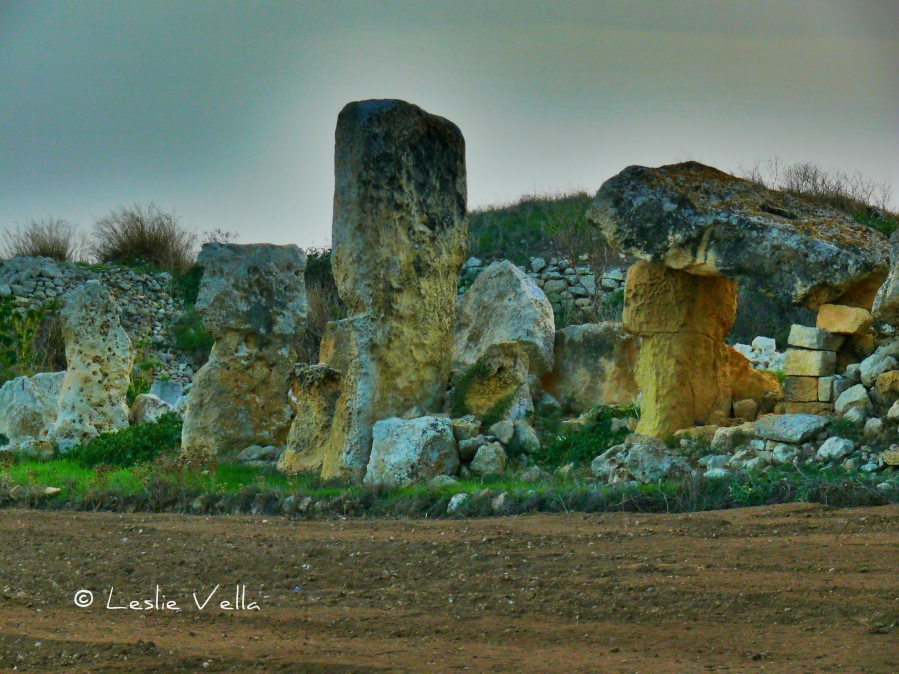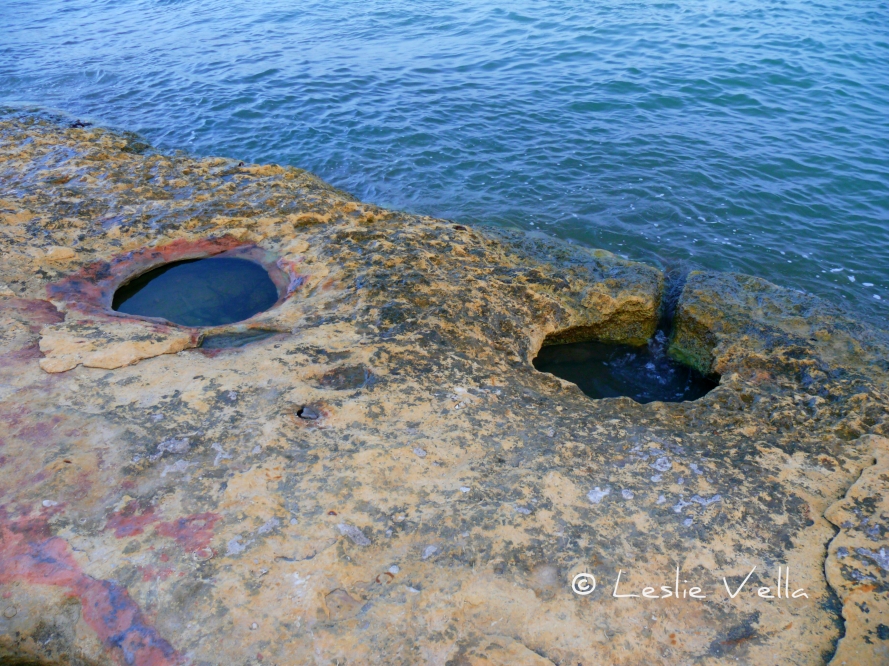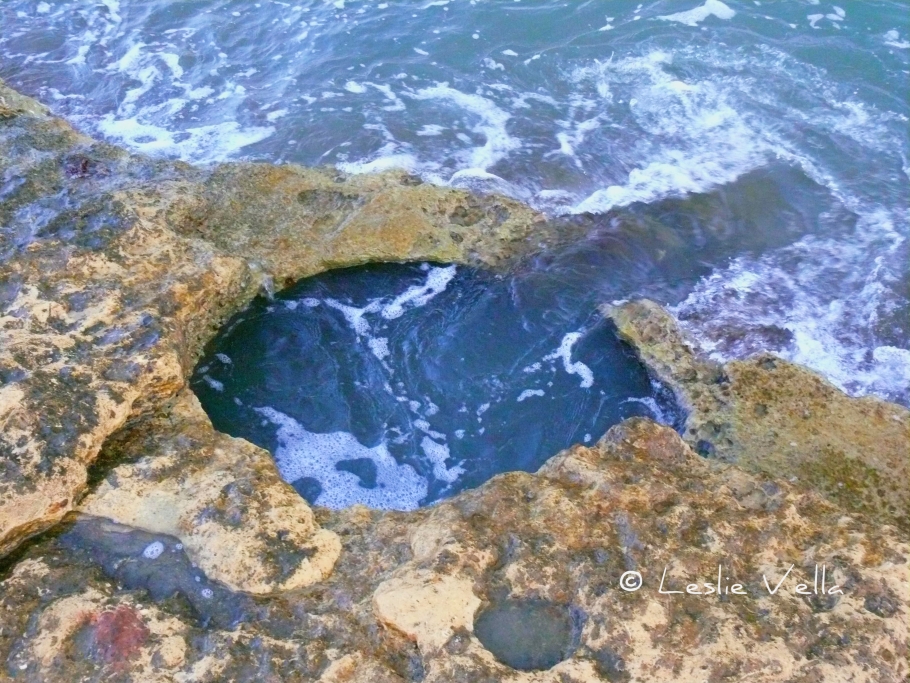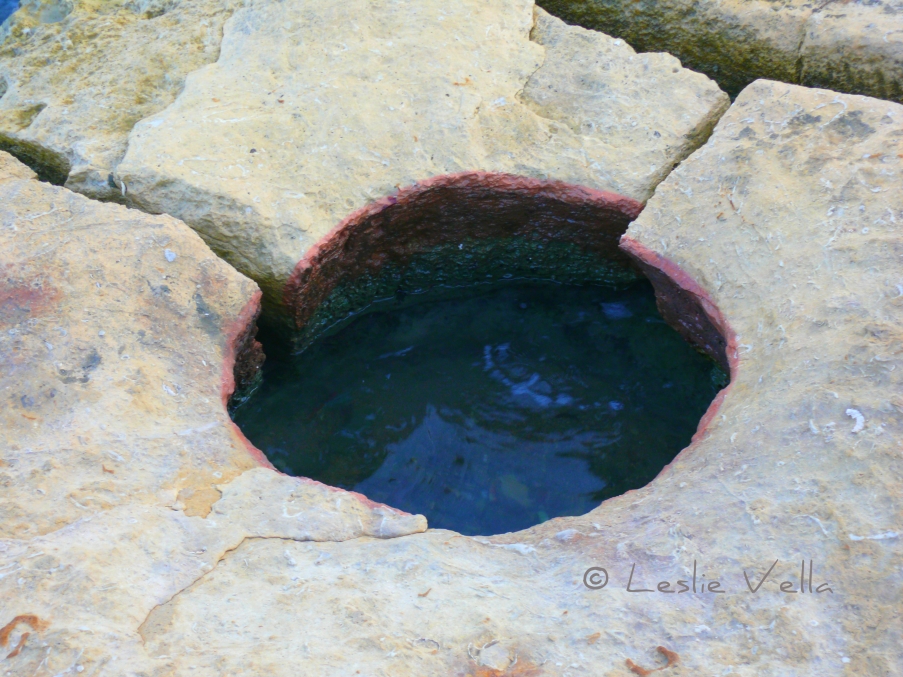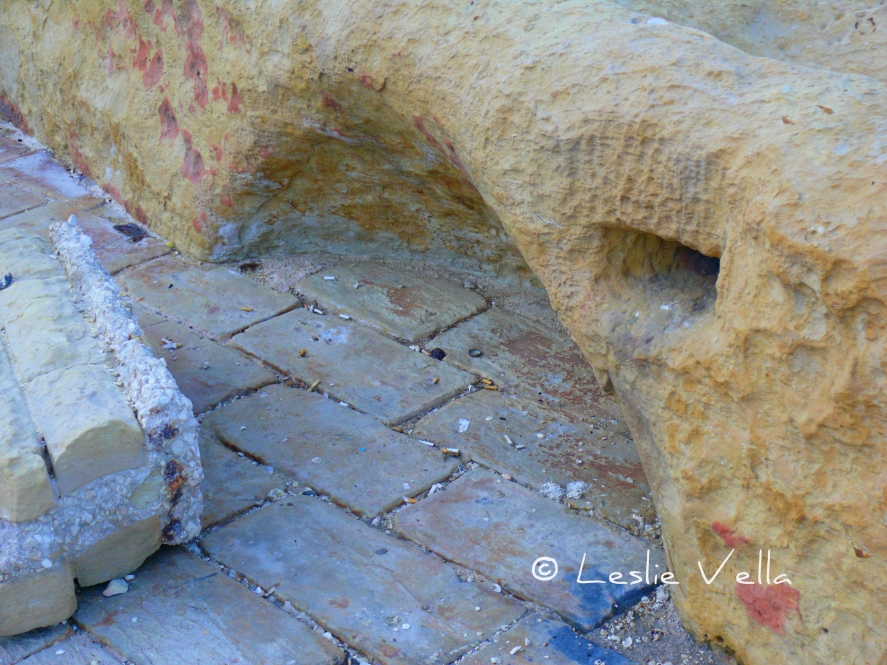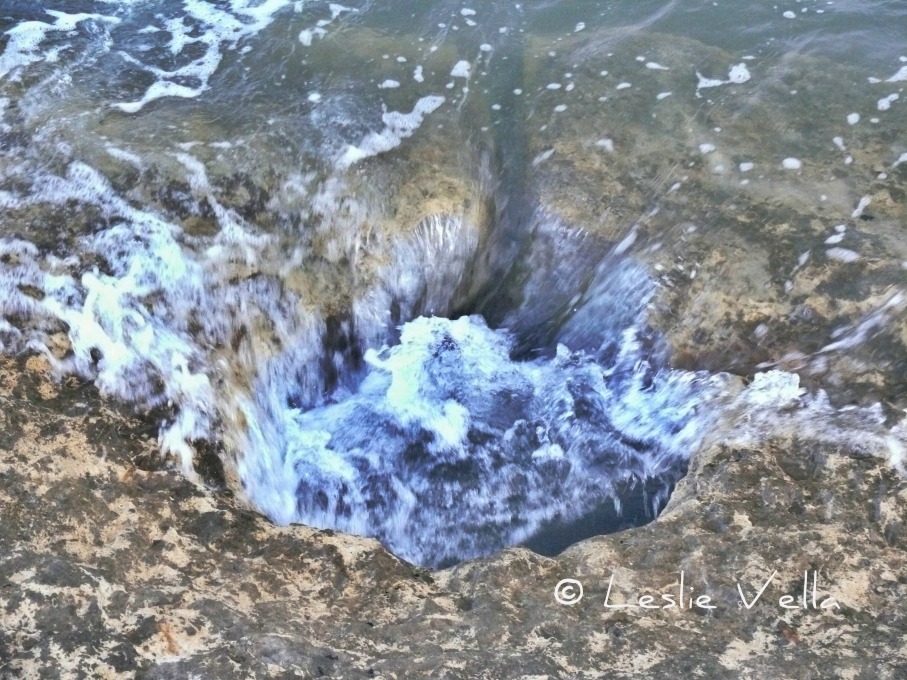An elephant on Comino?
Not quite!
Although fossilised remains of a dwarf species of this grand creature have been found in places like Ghar Dalam on Malta, there is no fossil record of anything so huge on the little, 2.5 square kilometre island lying between Malta and Gozo.
There is, however, an impressive rock formation found on the high cliffs of Comino’s eastern side which definitely resembles one. A natural monument featuring a gigantic head complete with its trunk lowered gingerly into the water. The detail is so incredible that one can also discern a small eye socket on top of the head with the rest of the animal’s body seemingly carved out of the rock.
A little known natural feature which lies away from the more popular sea route between Malta and Gozo to the west of Comino and therefore not as famous as its mainland counterpart the Blue Grotto at Zurrieq which is known locally as the Elephant’s Leg. The Comino Elephant’s main claim to fame is its appearance in Kevin Reynolds’ 2002 film, The Count of Monte Cristo which had extensive scenes shot on Comino with the island’s Santa Maria Tower doubling as the Chateau d’If. In the 2002 film the Elephant Rock was used as one of the clues to get to the hidden treasure in the story.
The Comino “elephant” bears a different official name however. The maps identify it as id-Darsa, the Molar and indeed it does also bear a resemblance to a huge extracted molar complete with deep roots.
Elephant or Molar? A question of taste perhaps. Personally I am for the former! And you?

